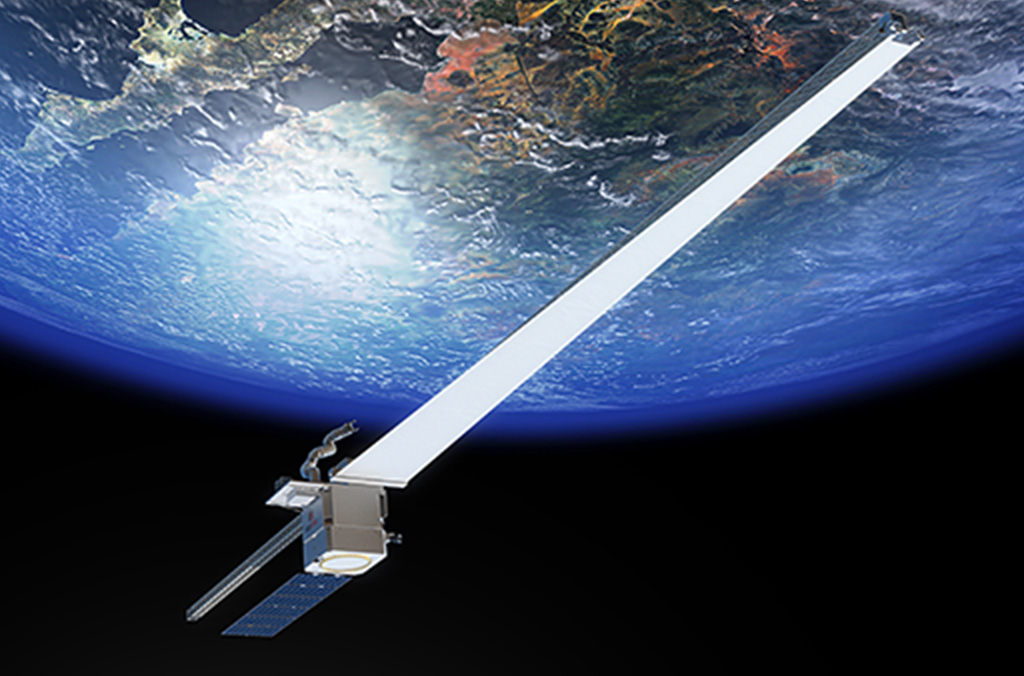News

How LEO Satellites Are Driving a More Connected World
The use of smartphones has increased rapidly since Apple first introduced the iPhone in 2007. Being able to access the internet from anywhere a cell phone signal reaches has enabled widespread communication, shopping, data transfer, and information sharing via social media. 5G communication is advancing this technological and communication revolution even further.
However, the future of 5G cellular communication can only reach as far as cellular signals will reach. Geographic limitations like mountains and oceans mean that cellular towers cannot reach every corner of the planet. To meet the needs of truly global 5G communication, companies like T-Mobile and Apple are beginning to make plans for transmitting cellular signals to and from satellites in low Earth orbit (LEO).
While satellite communication technology has been around for decades, its use has been limited by costly hardware. Transitioning from using traditional satellite communication systems to using cellular signals will open the availability of using space-based systems for global communication.
5G communication has been touted for its ability to provide high-speed internet access to connected devices. By enabling these devices to receive signals from space, the reach of 5G signals will no longer be limited by geography or where providers place their towers. Satellites in LEO will be able to provide a signal to each of the billions of smartphones around the world.

Providing 5G connections on a global scale will be advanced through satellite-based capability. Credit: Getty Images
Different from providing an internet connection via satellite, such as companies like Amazon are seeking to do, providing a 5G cellular signal from LEO will not require specialized hardware for the connection. As Apple, T-Mobile, and Dish work to expand their 5G connectivity through satellites, the idea is that every new smartphone sold will be able to connect through a constellation of satellites in addition to a network of terrestrial towers.
One of the biggest challenges that will be faced by these vast constellations of hundreds or thousands of satellites will be maintaining them. For such a constellation to remain operational, individual satellites that fail or degrade will need to be replaced or repaired. For cost-effectiveness, replacing individual satellites will not be practical. This leaves repairing and even upgrading satellites as the best way to maintain these 5G cellular communication satellite constellations.
Motiv Space Systems has been working to develop autonomous robotic systems that can perform maintenance and repair for on-orbit platforms. The NASA OSAM-1 servicing mission, scheduled for launch in 2025, will demonstrate how Motiv’s technology can provide on-orbit servicing of a government satellite. Prior to OSAM-1, OSAM-2 will launch in 2024 to demonstrate on-orbit manufacturing of a solar array, again using Motiv’s robotic capabilities.

OSAM-2 illustration. Credit: Redwire
Both OSAM missions will demonstrate key Motiv technology that can be applied to the future of on-orbit servicing of satellites in LEO designed to provide 5G cellular communication. The ability to repair, refuel, upgrade, or construct satellites in orbit will be key to ensuring the success of the vast constellations of satellites that will be needed for advancing the use of 5G-enabled smartphone communications to a global scale.